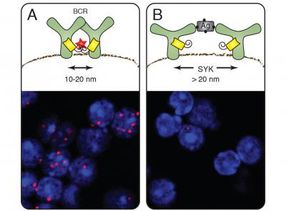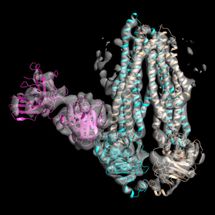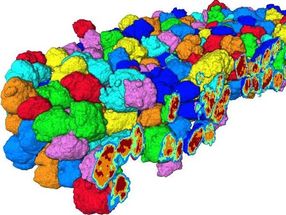Graffinity Enters into Drug Discovery Collaboration with Shionogi
Advertisement
Graffinity Pharmaceuticals GmbH announced that it has entered into a research collaboration with Osaka, Japan based Shionogi & Co., Ltd. Under the terms of the agreement, Graffinity will receive technology access fees and payments for follow-up chemistry for the generation of various, novel small molecule hits against a key drug target. Financial details of the transaction were not disclosed.
Mathias Woker, Chief Business Officer of Graffinity, remarked, ”We are pleased that Shionogi has chosen to collaborate with us to apply our fragment based screening platform to one of Shionogi’s high priority discovery programs. This marks our first collaboration with a leading Japanese pharmaceutical company. Our proprietary assay/label-free SPR primary screen of 24,000 fragments and 87,000 leadlike molecules is often crucial in addressing drug targets that are difficult to screen with other technologies.”
Most read news
Other news from the department business & finance

Get the life science industry in your inbox
By submitting this form you agree that LUMITOS AG will send you the newsletter(s) selected above by email. Your data will not be passed on to third parties. Your data will be stored and processed in accordance with our data protection regulations. LUMITOS may contact you by email for the purpose of advertising or market and opinion surveys. You can revoke your consent at any time without giving reasons to LUMITOS AG, Ernst-Augustin-Str. 2, 12489 Berlin, Germany or by e-mail at revoke@lumitos.com with effect for the future. In addition, each email contains a link to unsubscribe from the corresponding newsletter.
Most read news
More news from our other portals
Last viewed contents

Particulates are more dangerous than previously thought - Harmful substances are already formed in the atmosphere, not just in the human body
Fighting deadly drug resistant bacteria in intestines with new antibiotic
























































